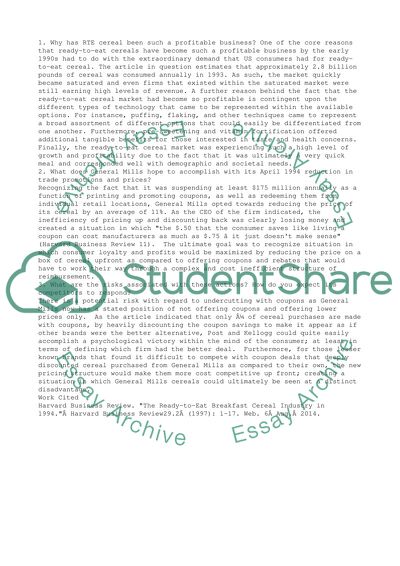Industry analysis Case Study Example | Topics and Well Written Essays - 500 words. https://studentshare.org/business/1836272-industry-analysis
Industry Analysis Case Study Example | Topics and Well Written Essays - 500 Words. https://studentshare.org/business/1836272-industry-analysis.


